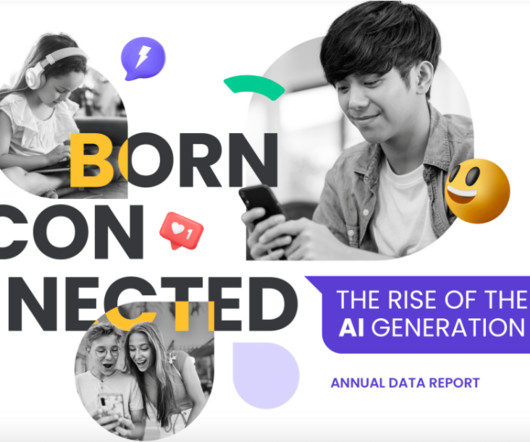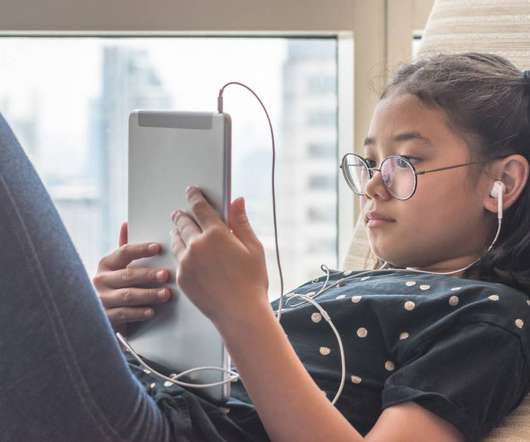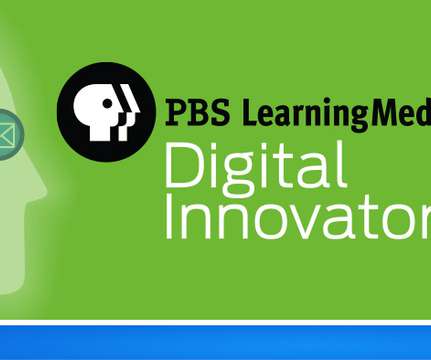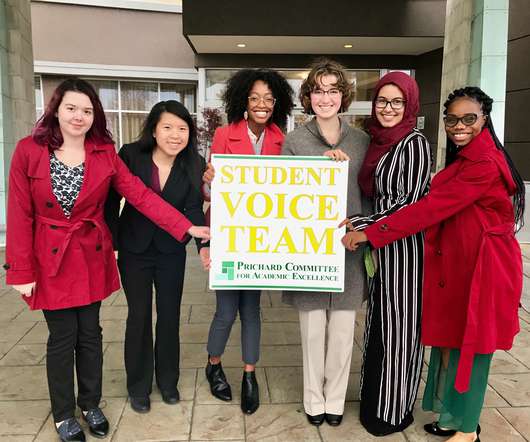6 Practical strategies for teaching across the digital divide
Neo LMS
JANUARY 9, 2018
Last week we discussed the digital divide , and today I thought we could explore some practical strategies that teachers, as individuals, can adopt in an effort to bridge the digital divide in their classrooms. 6 Practical strategies for teaching across the digital divide. Starting a social media account.


























Let's personalize your content